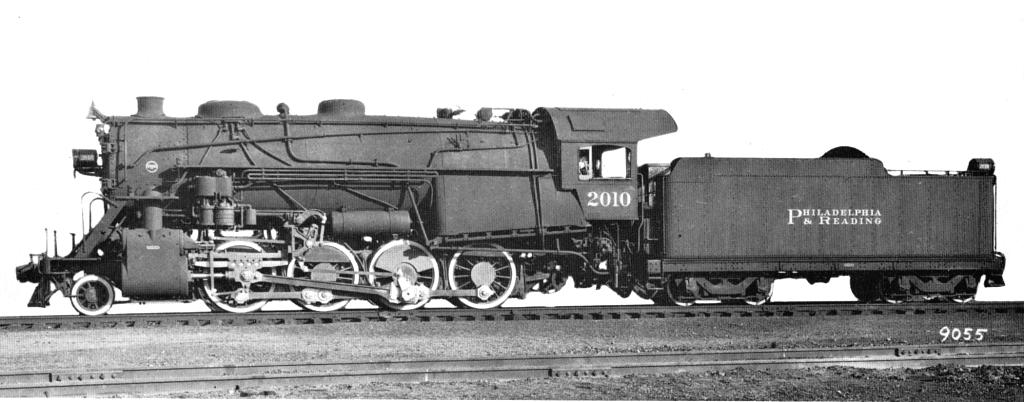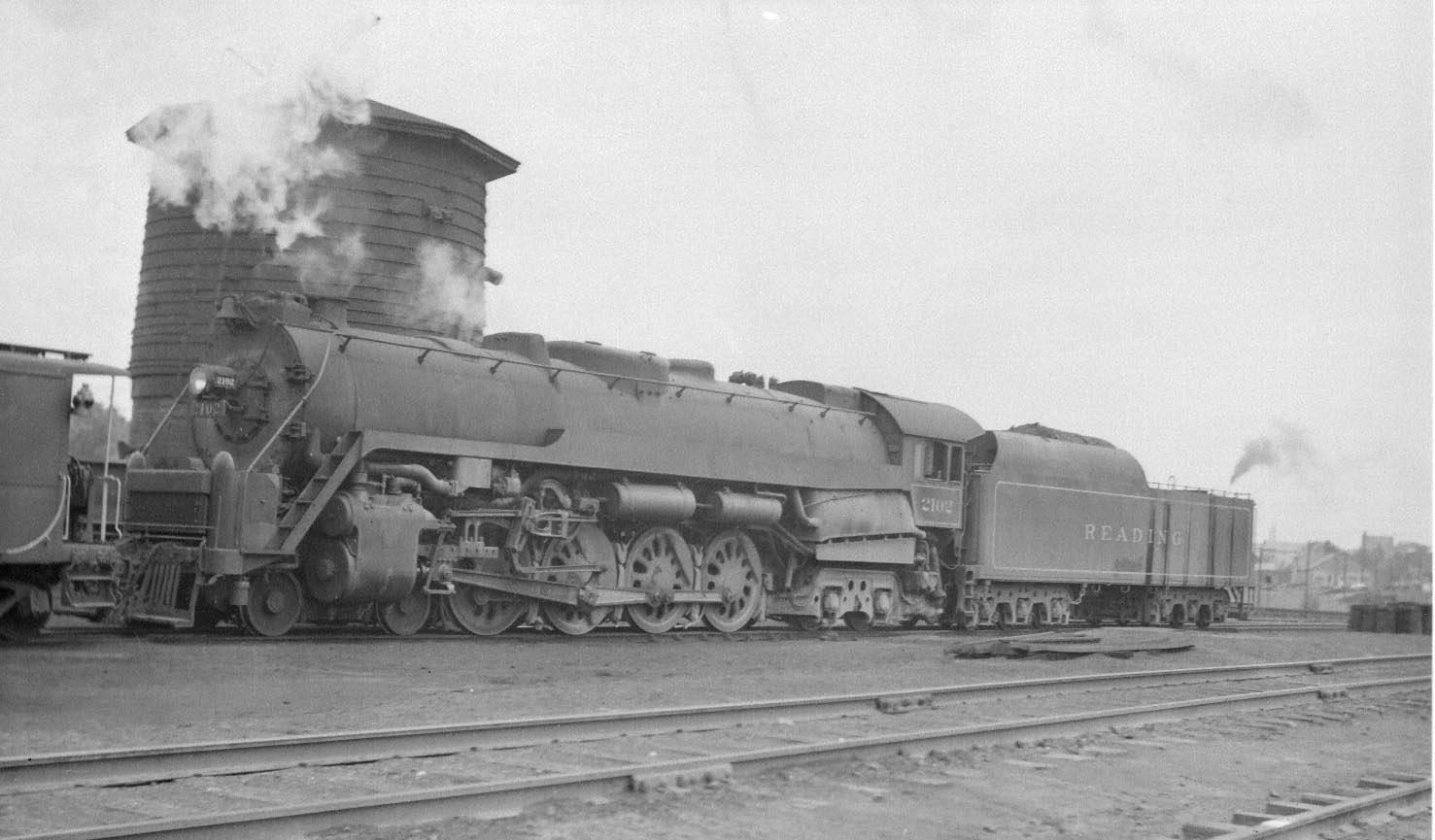Randolph R. Ruiz wrote: A crucial distinction that some seem to breeze past, is that the work done on the USS Constitution is Replacement-In-Kind. While a tree cut down in 2020 will be different from one cut down in 1794, it is still wood, probably of the same species. They are not replacing the wood with a resin-based product, they aren't adding steel channels to the keel… Thanks for reminding me of USS Constitution. Regarding what she is made of, well, actually…
Materials Used in USS Constitution
“DOUGLAS FIR GLUED LAMINATES, UNTREATED:
Whereas the original materials for deck, ceiling, and deck beams were specified to be "best heart pitch pine", today glue laminated Douglas Fir is used.
The Navy does not keep large stock piles of materials on hand. Given the time frame of the production schedule, the quantity and the size and dimension of the timbers needed, the use of natural timber was precluded. The time to procure, prepare, dry, and then dimension all needed spars would have exceeded the time of repair in dry dock. Production was kept on schedule by using timbers made of glued laminates that were purchased to nearly finished dimensions. Having material ordered from laminate materials assured consistent material quality, minimized waste and preparation time, and allowed the Repair to remain on schedule.”
“WHITE OAK GLUED LAMINATES, UNTREATED
TIMBERS
White oak is the principal wood for construction throughout the ship and is used as structural pieces for the spars. The Navy does not keep large stock piles of materials on hand. Given the time frame of the production schedule, the quantity and the size and dimension of the timbers needed, the use of natural timber was precluded. Production was kept on schedule by using timbers made of glued laminates that were purchased to nearly finished dimensions as well as being of proper moisture content. The time to procure, prepare, dry, and then dimension wood components would have exceeded the time of repair in dry dock. Having material ordered as laminate materials assured consistent material quality, minimized waste and preparation time, and allowed the Repair to remain on schedule
JUSTIFICATION FOR USING LAMINATES
The lack of solid material of sufficient quality, quantity, moisture content, dimensional size and material species has required the use of laminates.”
“STEEL
Today, steel -- galvanized, is the material of choice used for all fasteners above the water line of Constitution. This replaces what would have originally been wrought iron. Steel stock was purchased as stock bar material of the diameters required. Then the individual fasteners: bolts and drifts were fashioned and manufactured by NHC DET Boston. The piece was galvanized, hot dipped, as a final piece.
All steel stock was purchased within the Federal supply system.”
“STANDING RIGGING:
All rigging was replaced this repair period. A change was made in materials; polypropylene was removed and polyester was used as replacement material. After review and study, it was concluded that polyester would have better UV resistance than currently available polypropylene.”
“SAILS
Constitution will sail July 21, 1997, under limited conditions, as a salute to the Nation in celebration of her bicentennial celebration. Topsails, spanker, jib and flying jib will be set and Constitution will sail for the first time since 1881.
Synthetic material was selected, based on cost, weight, availability, intended longevity of the sail material.”
A history of the preservation of USS Constitution
“PRESERVED VS RESTORED
The Antique and Classic Boat Society (ACBS) established definitions of “preserved” and “restored” boats which the society uses when judging an antique or classic boat:
ACBS defines preserved boats as those containing at least 60% of their original deck and topsides material and is constructed using the same methods and materials as the original. Bottom replacement is expected in order for the boat to be serviceable but the method of replacement must duplicate the original….
For a boat to be considered restored, its owner must…provide photographic evidence of the existence of the original identifiable boat and of the various stages of the restoration demonstrating that the original boat was always together as a single entity…At no point should two boats exist – i.e. a pattern boat and the new boat even if the pattern boat is subsequently destroyed. Building a new boat using some wood from an old one will not qualify as a restoration. [https://acbs.org/acbs-boat-classifications-judging-classes/]
But ACBS concludes with the following, definitive, statement:
The amount of original wood in a restored boat is not determinative. For example, the USS Constitution has essentially none of its original wood but we believe no one would consider it a replica. It is Old Ironsides.”
“The U.S. Navy’s philosophy mirrors that of the Antique Classic Boat Society, the ship has always been Constitution and will always remain Constitution, regardless of how much or little 1790s materials exists in the ship’s structure."
“The jibboom that was removed from Constitution prior to the ship entering Dry Dock 1 in May, 2015, was manufactured in May, 2003, from laminated Douglas fir. It was refurbished in the 2007-2010 (floating) restoration and re-installed in 2010.”
Robby, with all due respect, go pound sand.
|






.jpg)